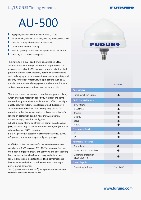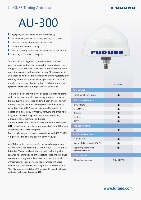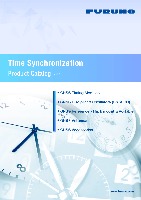Antenna installation procedure
This video provides a clear explanation of the installation procedure for the GNSS antennas AU-500/300, from checking the components and tools to the actual installation at the site.
Three essential points when installing a GNSS antenna
When installing a GNSS antenna, components such as the coaxial cables and amplifiers should be selected to satisfy the antenna specifications of the GNSS receiver. It is also necessary to consider the propagation delay between the antenna and the receiver.
In the following document, we explain how to calculate the required specification values with concrete examples from the viewpoint of a GNSS receiver manufacturers.
- Total gain
- Total NF
- Propagation delay in coaxial cables
It is especially useful for those who are new to GNSS receivers. We have prepared an Excel tool for calculating "Total Gain" and "Total NF" due to their complex formulas.
Please fill in the form to download the document and calculation tool.
Download form
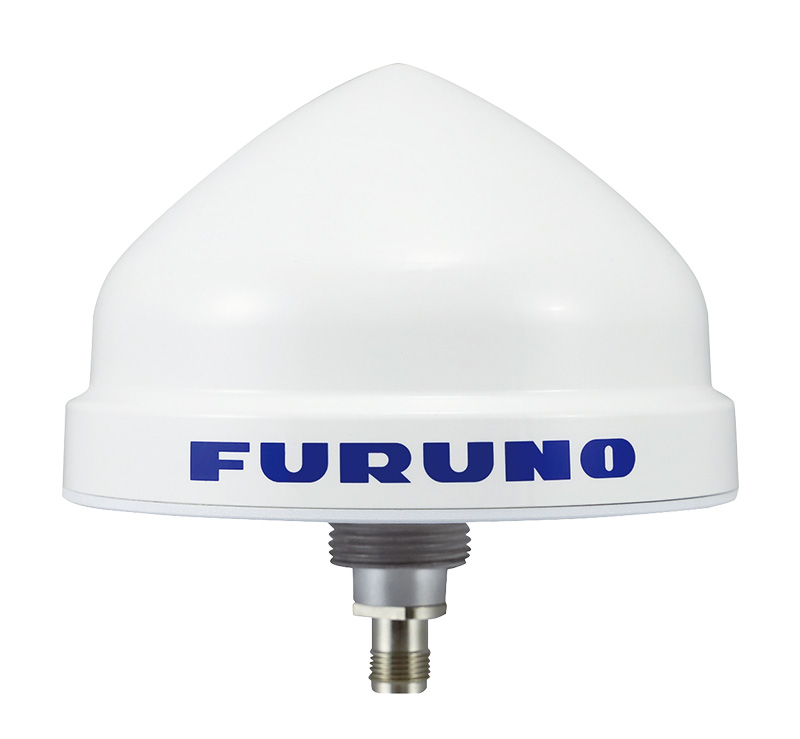
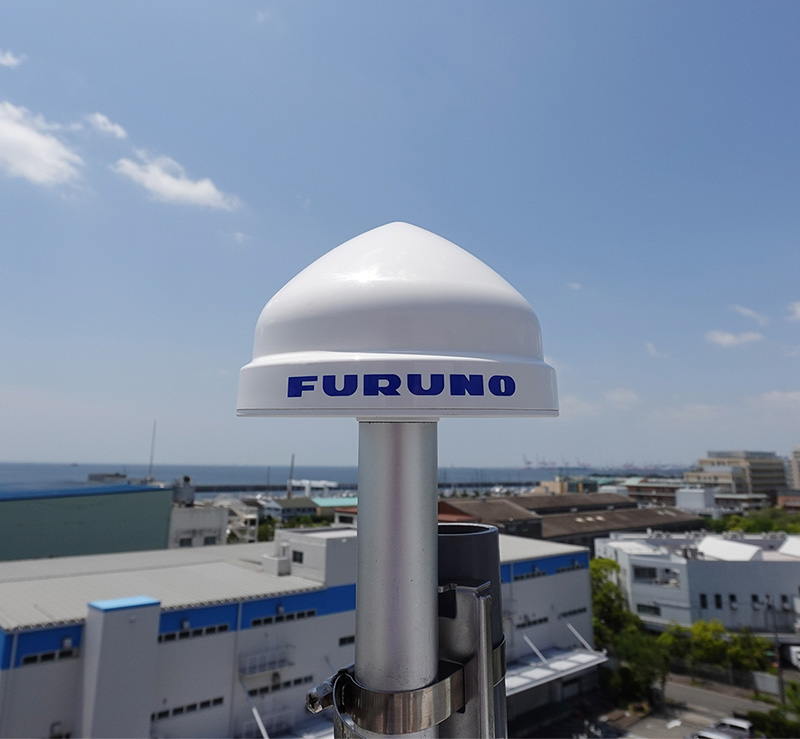

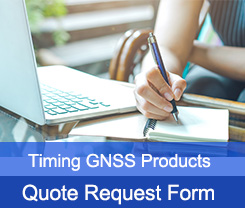 Quote Request Form for GNSS Timing Products
Quote Request Form for GNSS Timing Products
 (White Paper)Dual Band GNSS Receivers: Safeguarding Critical Infrastructure
(White Paper)Dual Band GNSS Receivers: Safeguarding Critical Infrastructure
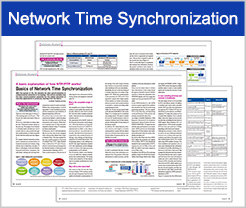 (Article) Basics of Network Time Synchronization
(Article) Basics of Network Time Synchronization
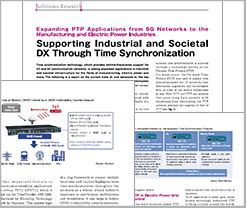 (Article) Supporting Industrial and Societal DX Through Time Synchronization
(Article) Supporting Industrial and Societal DX Through Time Synchronization
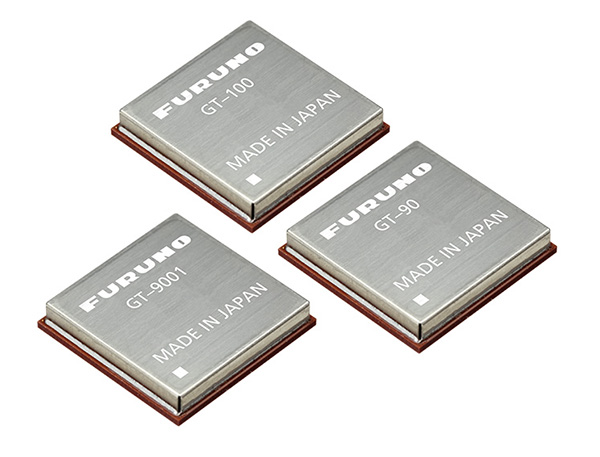 AU-500 and AU-300 achieve their best performance when combined with Furuno's GNSS receivers (GT-100/9001/90/88 & GF-880x series). Time accuracy and robustness, required for critical infrastructure, can be achieved by the Furuno receivers themselves, such as dual-band reception, multipath mitigation using Dynamic Satellite Selection™*, and anti-jamming function, but are further enhanced when combined with Furuno's high-performance antennas
AU-500 and AU-300 achieve their best performance when combined with Furuno's GNSS receivers (GT-100/9001/90/88 & GF-880x series). Time accuracy and robustness, required for critical infrastructure, can be achieved by the Furuno receivers themselves, such as dual-band reception, multipath mitigation using Dynamic Satellite Selection™*, and anti-jamming function, but are further enhanced when combined with Furuno's high-performance antennas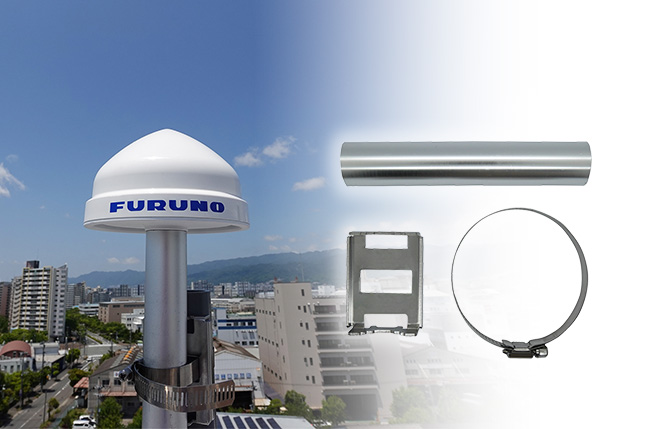 The AFB-01 ensures correct installation of the GNSS antenna to prevent poor reception and enable the GNSS receiver to perform as it should.
The AFB-01 ensures correct installation of the GNSS antenna to prevent poor reception and enable the GNSS receiver to perform as it should.

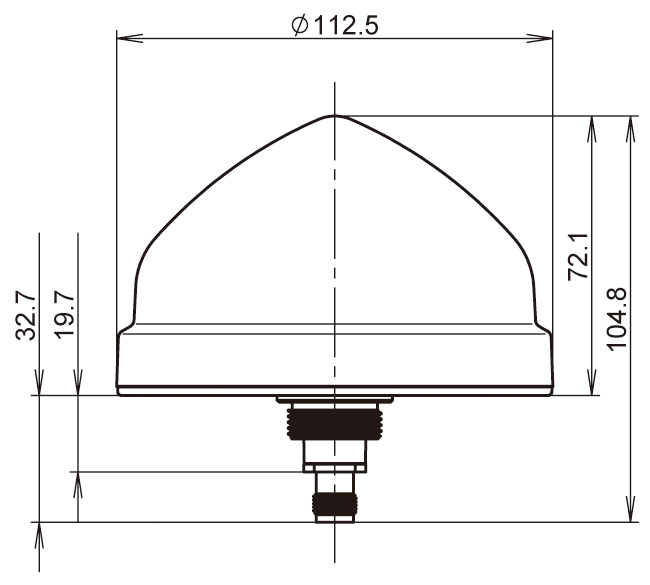
 Please fill out the quote form and our staffs will respond to you shortly.
Please fill out the quote form and our staffs will respond to you shortly.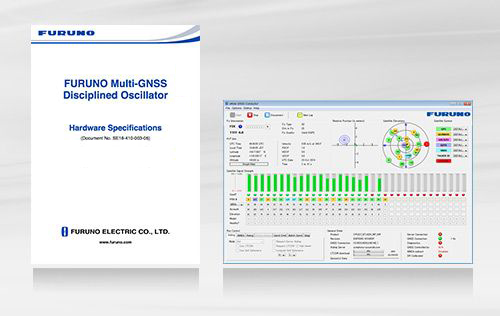 Download documents and software related to this product and other GPS/GNSS products (Specifications document, Drivers and Monitor software).
Download documents and software related to this product and other GPS/GNSS products (Specifications document, Drivers and Monitor software).